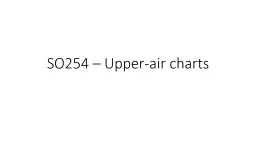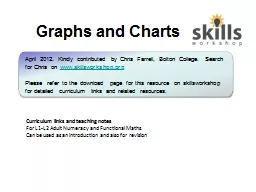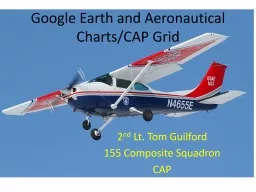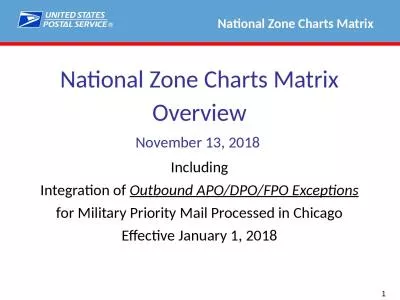PPT-SO254 – Upper-air charts
Author : giovanna-bartolotta | Published Date : 2017-09-08
Upperair circulation tied to the 3cell model We saw in Lesson 2 that differences in insolation more in the tropics less in the polar regions combined with the Earths
Presentation Embed Code
Download Presentation
Download Presentation The PPT/PDF document "SO254 – Upper-air charts" is the property of its rightful owner. Permission is granted to download and print the materials on this website for personal, non-commercial use only, and to display it on your personal computer provided you do not modify the materials and that you retain all copyright notices contained in the materials. By downloading content from our website, you accept the terms of this agreement.
SO254 – Upper-air charts: Transcript
Download Rules Of Document
"SO254 – Upper-air charts"The content belongs to its owner. You may download and print it for personal use, without modification, and keep all copyright notices. By downloading, you agree to these terms.
Related Documents














